After a long day of paddling or hiking to your favorite canoe or kayaking destination, your legs can sometimes feel like they’re anchors holding you in place. Of course, your shoulders, hips, and the rest of your body can feel bogged down, too, even when you’re not kayaking in a nearby swamp or playing in the mud. To remedy this feeling, paddlers can complete a series of stretches after a warm-up or at the end of a long day’s outing.
Many people may think stretching just helps loosen up your muscles after a long workout and improves your overall flexibility. While this is undoubtedly a benefit, there are a few more benefits that are just as important. Stretching improves your body’s alignment awareness, neuromuscular coordination, and your joint’s range of motion. Without proper stretching, you increase your risk of injury while limiting your overall range of motion.
The following stretches can be done by paddlers anywhere and anytime, though some may be easier lying down, holding a chair, or having a friend give you a helping hand or shoulder.
Thigh Stretch
This exercise helps stretch the muscles in the upper front part of your leg, commonly referred to as the quadriceps muscles, which extend the leg. These muscles can become quite tight, especially after a long uphill climb.
To perform this stretch, stand up straight and flex your knee, bending your leg behind you. Hold your ankle with the opposite hand. Using your opposite hand makes it easier to keep your leg and knee straight without putting unnecessary strain on your MCL (Medial Collateral Ligament) and knee joint. Hold for 30 seconds and repeat on the other side. Do three repetitions on each leg.
Back Stretch
This exercise helps stretch your back, which can feel strained and tight after kayaking or canoeing in a seated position for an extended period. This stretch is best on a long, comfortable mat, such as a yoga mat. The mat should be on a flat surface either at home or at the park.
First, place your hands and knees on the ground as if you were going to perform a pushup. Your arms and legs should be at about 90 degrees from your torso, perpendicular to the floor mat. Now arch your back like a cat stretching and hold for 20 seconds. This stretch is called the cat pose in yoga. Similarly, drop your back down and raise your head and chest, allowing your back to sink slightly below you. This stretch is called the cow pose.
Repeat each pose three times, exhaling as you stretch and inhaling as you come back to your starting/neutral position. Breathing is an integral part of each stretch, so concentrate not only on feeling a good, comfortable pull, but focus on breathing to get an even deeper and more relaxed stretch.
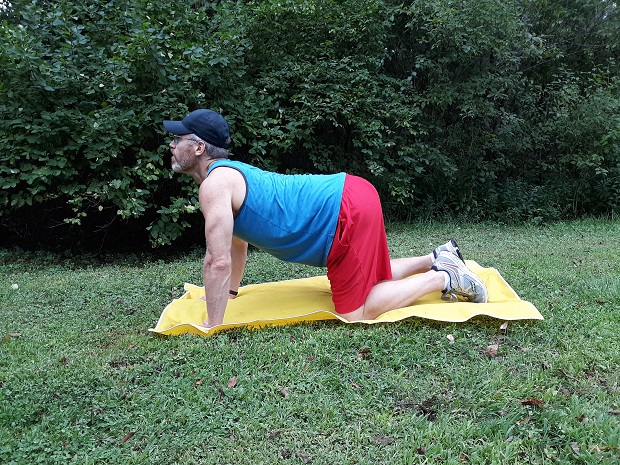
Alternate between cow pose (shown here) and cat pose (shown above) to stretch your back. Photo: Scott Hotaling
Chest Stretch
The chest stretch is an excellent exercise for your chest after a long day of paddling. Stand an arm’s length away from a corner wall and place your right hand on the wall at about shoulder height. Bend your torso away from your arm until you feel a gentle stretch in your chest. Breathe through and hold for 15 seconds. Repeat with the left arm.
You can also perform this stretch by standing closer to the wall and placing your forearm against the wall. Then bend your torso away from your arm. Your wall arm should form the letter “L” as your upper arm should be shoulder height and parallel with the floor. You can perform this stretch outdoors against a tree or other vertical flat surface.
To shift the emphasis of the stretch onto the upper chest, place your elbow lower on the wall, forming a “V” shape. To emphasize the lower torso, place your elbow higher on the wall.
Calf Stretch
Stand in front of a wall or a sturdy chair with one foot in front of the other. Make sure your feet are about a foot’s distance apart. Place your hands on the wall or chair and lean forward, bending your front knee while keeping your back knee straight. As you bend forward, keeping both of your heels on the floor, you should begin to feel a stretch in your calf in your back leg. Remember to exhale as you bend forward and hold the stretch for 15 seconds. Repeat with the opposite leg. Aim for 3-5 repetitions.
Try these stretches whenever you feel tightness in your muscles and especially after a long day of paddling. Your muscles will thank you for it!
What stretches do you do before or after paddling? Let us know in the comments below!
Read Next:
Exercises For Paddlers
Building & Maintaining Endurance For Your River Sport
Exercises For Paddleboarding To Build Strength & Flexibility
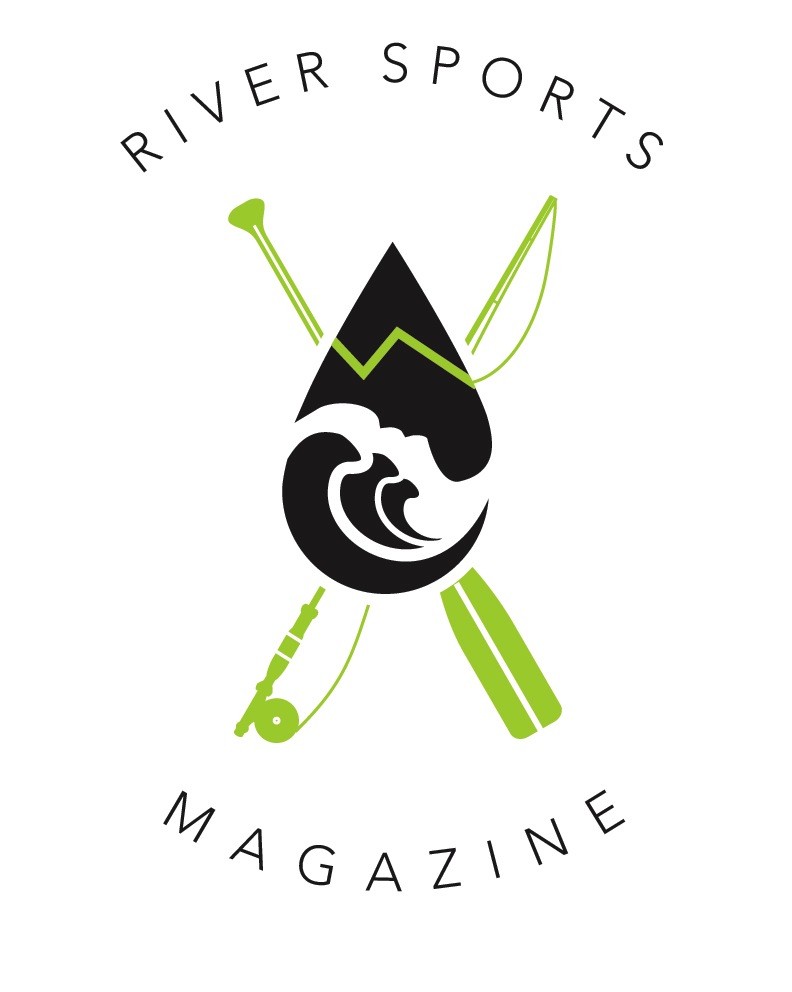
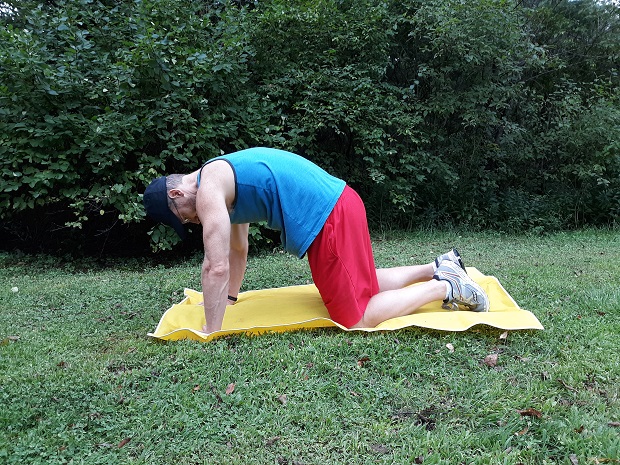
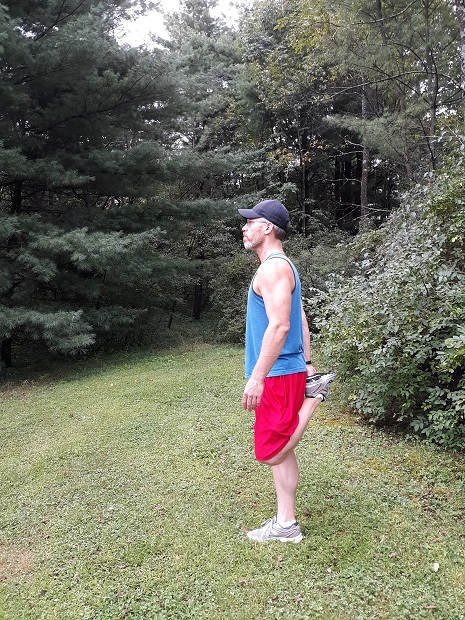

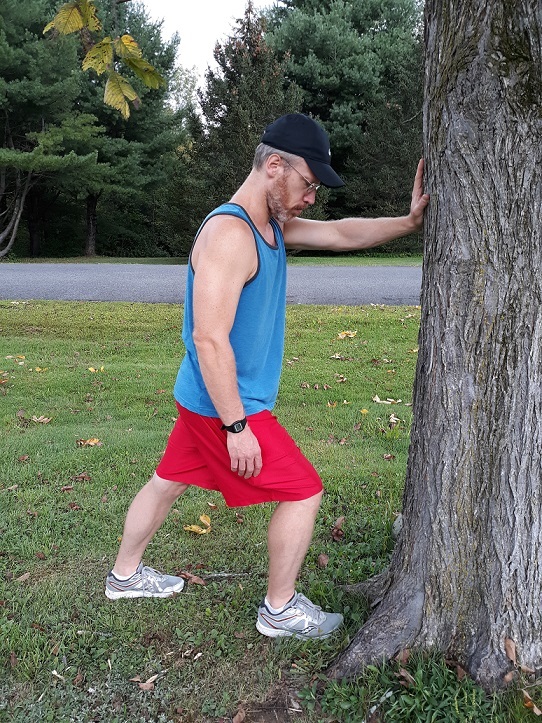
Leave a Comment